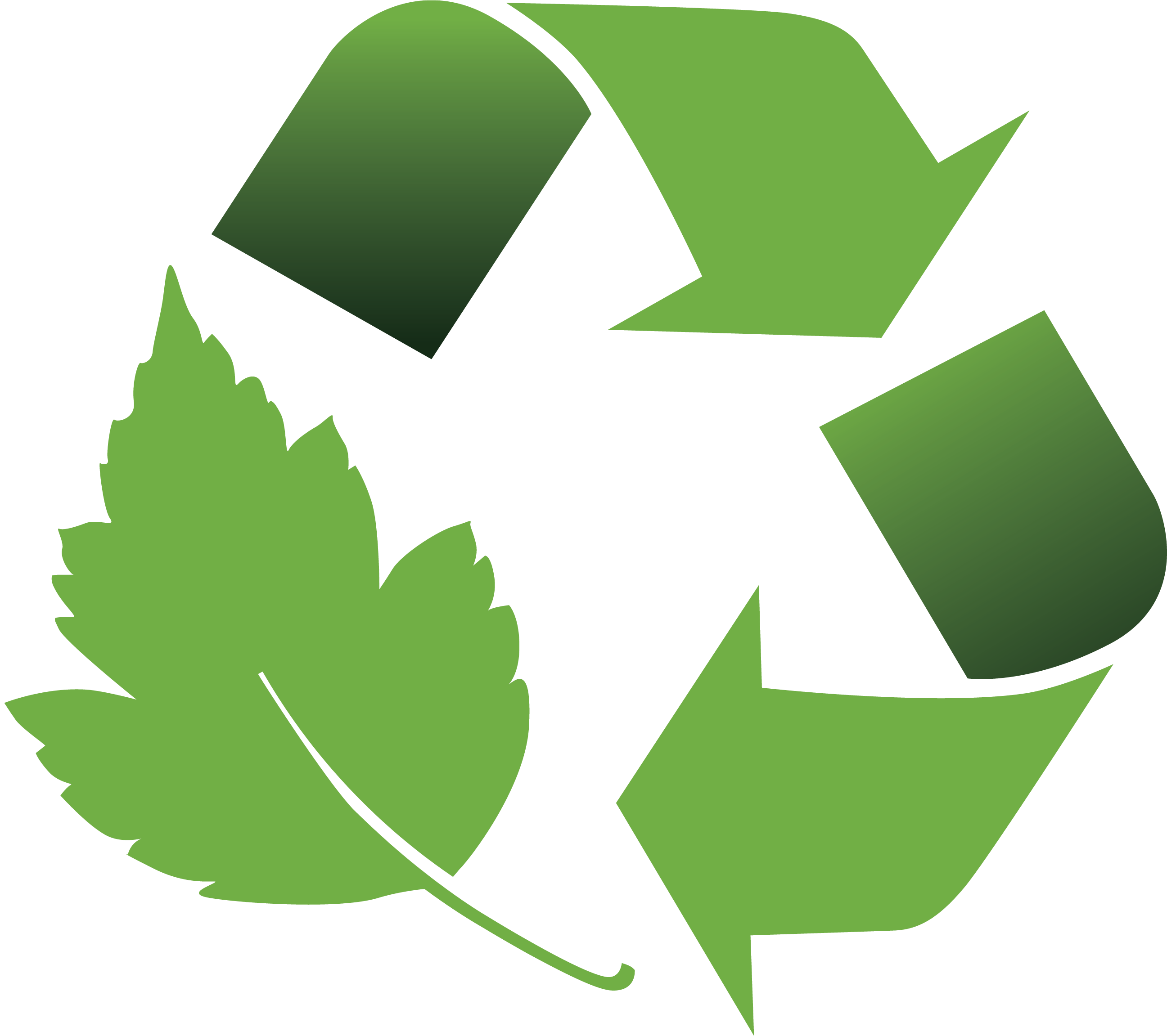Identifying Ineffective Anti Tarnish Products

This blog post involves science, mathematics and logic and will ultimately reveal how you may be being tricked by misrepresented information and wasting money on inefficent anti tarnish products.
As we’ve covered in previous blog posts, tarnish is a constant battle being fought between your silverware, jewelry and the environment...
While some may attribute tarnish to moisture and humidity, this isn’t exactly correct. The primary reason corrosion occurs is due to the presence of corrosive gases in the atmosphere. Hydrogen Sulfide (H2S), Sulfur Dioxide (SO2),Ozone (O3) and Chlorine (Cl) all penetrate the surface of silver and cause it to turn from:

Silver --------------------------------------------> to Black
Okay, so we’ve identified the culprits of tarnish- harmful sulfide gases created from pollution. Next comes the most important question: How can I prevent tarnish from occurring?
Well, that depends largely on whom you ask. There are some companies who claim their products successfully prevent tarnish by absorbing these gases from the atmosphere before they can reach your silver’s surface.
Many of these products, however, are made from inefficient and ineffective materials, and their claims can be misleading because, when tested by an independent laboratory the majority of these products were only found to absorb these corrosive gases when they were already present at toxic levels.

HYDROGEN SULFIDE
Let’s look at one of the gases mentioned above, Hydrogen Sulfide (H2S), which is produced from petroleum and natural gas drilling/refinement as well as wastewater treatment.
Its present level in the atmosphere has been rising at an alarming rate overseas due to widespread industrialization. A 2011 study found that, “China has experienced very severe [H2S] situations…since 2004, over 10 casualty accidents caused by H2S poisoning have occurred”.
This chart, supplied by the Occupational Safety and Health Administration (OSHA), helps to depict H2S’s health hazards and implications based off its levels in the environment:
OSHA Hydrogen Sulfide Hazards Chart (Acute Symptoms and Effects)

Take note: the above chart is using the increment ppm, or parts per million. As indicated in the chart, 1000 ppm of Hydrogen Sulfide results in “nearly instant death”, while only 100 ppm results in coughing, eye irritation, olfactory fatigue, altered breathing and potential death within 48 hours.

HOW DOES THIS RELATE TO SILVER TARNISH?
Earlier I mentioned how certain anti-tarnish products’ claims could be misleading or misrepresented, and here’s an example:
Independent Laboratory Test of Anti-Corrosion Materials

Based off these results, an independent laboratory concluded that, because 3M and Mead’s anti tarnish products were able to absorb corrosive gases such as H2S at upwards of 4000 ppm, this made them more effective than Intercept.
While at first this may seem to be true, it’s actually the opposite.
3M and Mead’s products were only able to begin absorbing H2S and other corrosive gases when they were present at1000 ppm or greater in the atmosphere…something sound wrong?
Look back at the first chart; OSHA claims that H2S at 100 ppm is “immediately dangerous to life and health”, and it’s only at 10x this level where 3M and Mead begin to absorb H2S.
Essentially, the atmospheres in which 3M and Mead products effectively absorb H2S and other corrosive gases are nowhere near what we experience on a day-to-day basis.
They are only effective in atmospheres that would render its inhabitants dead from exposure to toxic levels of gases.

REALITY CHECK
1. In reality, OSHA and The National Institute for Occupational Safety and Health (NIOSH) have declared the permissible exposure limit to H2S as 10 ppm.
That’s a concentration 100x less than when 3M and Mead’s anti-tarnish products begin to absorb gasses.
2. According to OSHA, typical background concentrations of H2S in the United States range from .00011 - .00033 ppm.
These levels are significantly lower than those used by the independent laboratory referenced above.
These are also the levels of corrosive gases that your jewelry is most likely facing everyday, yet 3M and Mead’s products are not effective at this level.
3. Intercept Technology absorbs corrosive gases like H2S in the range of 0 – 400 ppm.
It's effective well within national averages of their atmospheric presence, and even at elevated levels such as those found in Asia.
4. Sometimes less is more.
Just because 3M and Mead’s products seem to be correlated with bigger numbers, doesn’t mean they’re actually effective. It’s important to interpret data thoroughly and correctly before drawing any conclusions.




